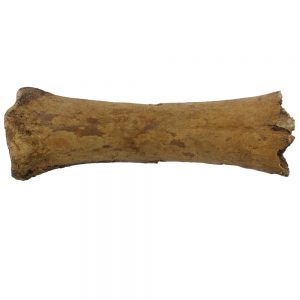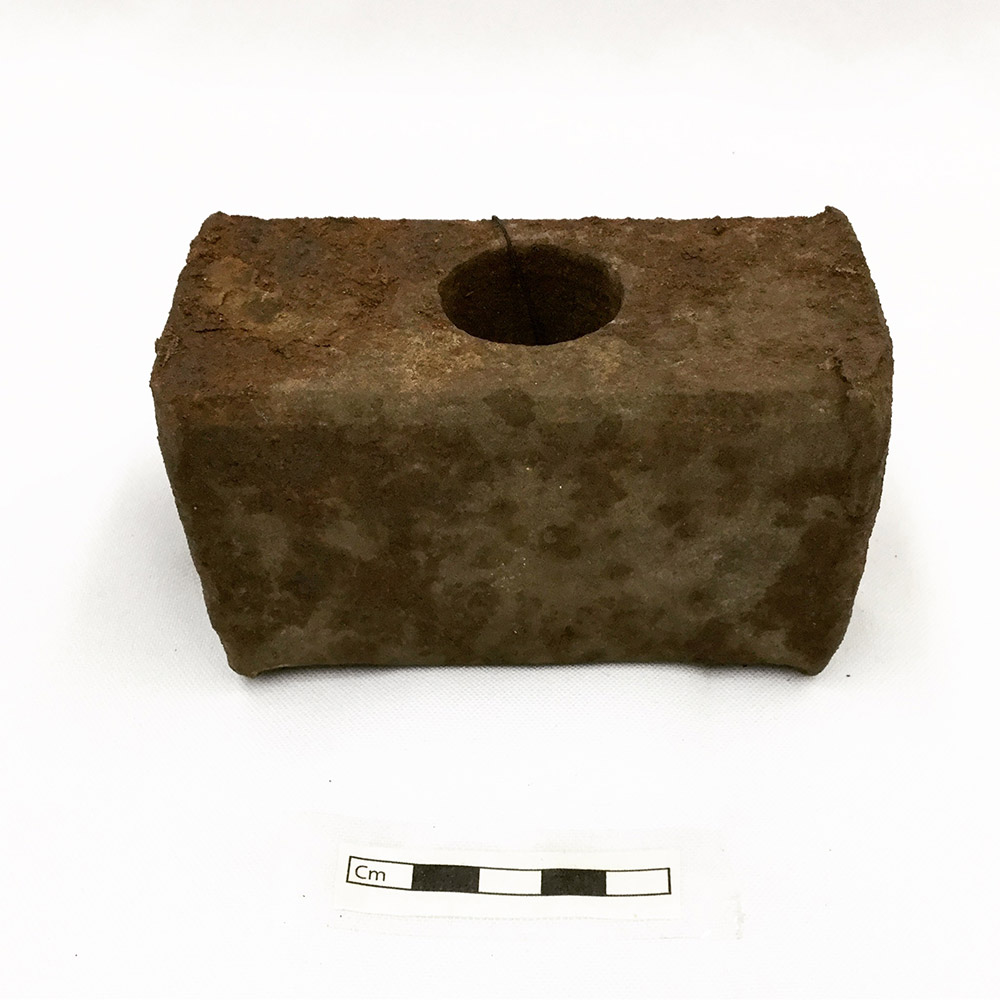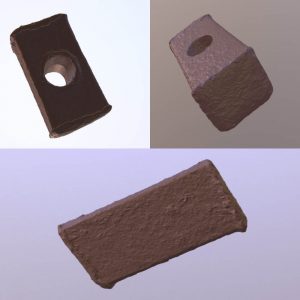Establishment of Sainte Marie II on Gahoendoe (Christian Island)
In 1649, when the advance of the Haudenosaunee had reached the gates of Sainte Marie I, the remaining Wendat were fearful. Twelve of the Wendat’s “most considerable captains” asked the Jesuit Fathers to take pity on them and move to the island where many of their brethren had already taken refuge. The fathers, wanting to remain with their flock, agreed and planned to burn and abandon Sainte Marie I and establish a new mission on the Island of St. Joseph.
Establishment of Ste. Marie II (Closed captions available in EN and FR) – View the video with a transcript (EN)
The island, called Gahoendoe by the Wendat and lsle St. Joseph by the Jesuits and later Christian Island by nineteenth century surveyors, lies at the north end of the Penetang Peninsula along with Giant’s Tomb, Hope, and Beckwith islands.
On June 14, 1649, the party of sixty Frenchmen, including priests, helpers, and soldiers, departed with all their belongings from their original home on the Wye river. After a few days of laborious voyage by boat and raft they reached the home of the remnant three hundred families of Wendat.
View the full 3D model on Sketchfab. (This link is external and as a result may not conform to accessibility standards.)
They chose to situate their new mission on the south-eastern shore of the island. The site was situated on ground that sloped towards the lake shore. The front wall of the structure the Jesuits eventually constructed was only 30 metres from the lake, the ground dropping rather suddenly down onto a sand beach a short distance in front of the stone work.
Establishment of Ste. Marie II Huron-Wendat (Closed captions available in EN and FR) – View the video with a transcript (EN)
It was a formidable feat to construct a new mission in the short space of a summer. The French and Wendat camps needed full construction, but they took special interest on storing the food supply to weather a siege. The French set to work erecting a closely built stone wall around their chosen position, enclosing within it a church, living quarters, a well, and likely a stable for the livestock, creating a “small fort, built according to military rules.” They also fortified the adjacent Wendat village, which comprised over 100 cabins with a palisade and bastions to guard the approaches.

It was likely that the Huron Wendat and the Jesuit brought animals such as cattle with them to Christian Island which we see through archaeological remains like this animal bone.
Once the Jesuits established their living quarters, the strenuous job of clearing the dense forest for cultivation began. The Wendat had already planted a crop of corn, but the summer drought reduced the possibility of a good harvest, and they had already survived the summer on roots, wild fruits and a few small fish. By this point, only one in ten Wendat families were able to supply the energy needed for the clearing and cultivation of land. On the other hand, the French had about one year’s worth of grain remaining from their three year supply brought with them from Sainte Marie I, the balance having been given to the Wendat. The French thus sent emissaries to the Algonquian nations for five or six hundred bushels of acorns and a large amount of smoked fish before snow fell.



